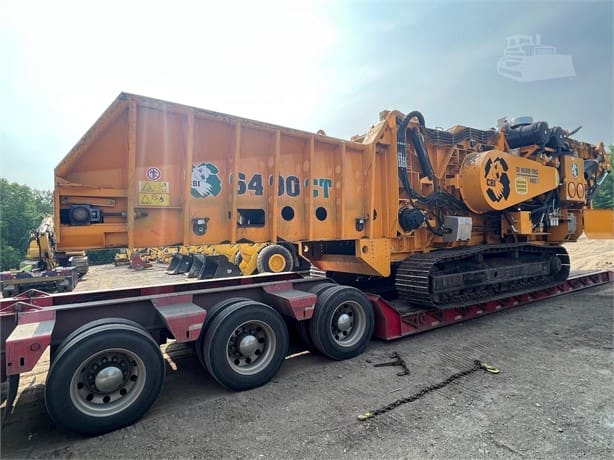Many accidents occur during the loading and unloading of heavy equipment. Ensuring heavy equipment safety and understanding the nuances of transporting such machinery is crucial. Whether you’re handling your own equipment or transporting rentals, these guidelines are essential.

Safety First: Equipment Handling Guidelines To Keep Your Site Running at Top Efficiency
Drives Should Be Three Things: Rested, Alert, and Sober
For heavy equipment transport safety, drivers should be well-rested and alert. Operators handling such machinery must ensure they’re rejuvenated, taking breaks as needed to maintain focus. It goes without saying, but they should also never work under the influence of alcohol or drugs, including prescription drugs that may affect their motor skills.
Always Inspect Your Trailer and Tow Vehicle
In order to ensure utmost safety, it is crucial for drivers to undergo regular and comprehensive training on heavy equipment safety. One aspect that is particularly emphasized in this training is the significance of conducting thorough inspections before transporting any equipment. According to the Federal Motor Carrier Safety Administration (FMCSA), drivers must carefully examine their hauling vehicle before embarking on a journey, and they should only proceed if they are completely satisfied that the vehicle is in optimal working condition. Additionally, drivers are obligated to promptly inform the owner of the equipment being hauled about any damages, defects, or deficiencies they come across during their inspection. Prior to commencing their journey, drivers should pay close attention to the following components and ensure that they are in proper working order:
- Service brake components that are readily visible to a driver performing as thorough a visual inspection as possible without physically going under the vehicle, and trailer brake connections
- Lighting devices and reflectors
- Tires
- Coupling devices
- Rails or support frames
- Tie-down bolsters
- Locking pins, clevises, clamps, or hooks
- Sliders or sliding frame lock
Follow Trailering Rules and Regulations
Adhering to trailering rules and regulations is a cornerstone of heavy equipment safety training. When transporting heavy equipment, it’s imperative to be well-versed with these regulationsThe FMCSA lays down the rules for transporting heavy equipment on trailers. Here are some of the most critical ones:
- When securing equipment over 10,000 lb, you must use a minimum of four tie downs.
- For machines less than 10,000 lb, two tie downs are required, one in the front and one in the back.
- Your tie downs must be rated to support a minimum of half the weight of the cargo. That means that if you use four tie downs to secure a 30,000 lb machine, those tie downs must each have a working load limit of 3,750 lb, for a total of 15,000 lb.
- For boom loaders and excavators, an extra tie down is required for the arm.
- If your equipment extends 4″ over the side of the trailer or 4′ beyond the rear, then oversized flags and lights at night are required.
Prioritize Heavy Equipment Safety: Never Ride on Machinery
No one should ride on the machinery itself during equipment transportation. Also, if the machinery is in operation, no one should ride on the machinery except in the location that is intended for transport, such as within the cab.
Ensure Ground Stability
Depending on the weight of the machine you’re transporting, the soil might not be compacted enough to handle the load. The result can be load instability and the machine sliding off the trailer. Therefore, the site must be properly prepared before bringing the equipment.
For more information on equipment transportation, contact the Columbus Equipment team!

